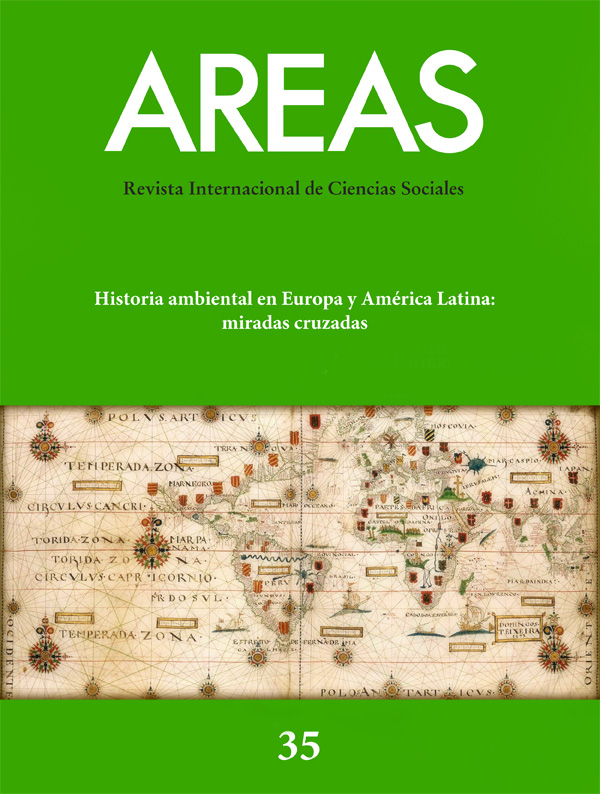Asentamientos informales y medio ambiente en Quito
Resumen
En la ciudad de Quito, Ecuador, la ocupación informal de suelos rurales y de conservación ecológica, y su conversión en suelo urbano, creció desde la década de 1970, a través de invasiones y venta de lotes en mercados informales, principalmente en los contornos de la ciudad en expansión. Cientos de miles de viviendas, muchas precarias, se han ido erigiendo sobre zonas agrícolas, ganaderas, de protección ecológica, quebradas, incluso en zonas consideradas de alto riesgo. Esa forma de asentamiento humano ha ocurrido al mismo tiempo que otros procesos planificados y regulados por el Municipio.
Rastreamos las trayectorias de esos asentamientos informales, especialmente su relación con la naturaleza y sus condiciones medioambientales, a partir de fuentes secundarias, informaciones textuales y mapas del Municipio de Quito, recorridos de observación, conversaciones informales, entrevistas semi estructuradas y cartografías sociales en tres barrios.
Observamos que las dinámicas e impactos ambientales de esos asentamientos en su entorno inmediato, y en el territorio urbano de modo amplio, construyen una elevada resiliencia urbana negativa. Los barrios de origen informal, a veces tolerados, a veces incentivados bajo incompletos argumentos de derecho a la ciudad, han intensificado la vulnerabilidad socioambiental ante terremotos, vulcanismo, inundaciones, movimientos en masa, incendios, erosión y contaminación. Y han exacerbado la acción degradante de la naturaleza, y contaminadora del ambiente, que de por sí implica la expansión urbana y el crecimiento de su población.
Descargas
-
Resumen5877
-
PDF11145
Las obras que se publican en esta revista están sujetas a los siguientes términos:
1. El Servicio de Publicaciones de la Universidad de Murcia (la editorial) conserva los derechos patrimoniales (copyright) de las obras publicadas, y favorece y permite la reutilización de las mismas bajo la licencia de uso indicada en el punto 2.
2. Las obras se publican en la edición electrónica de la revista bajo una licencia Creative Commons Reconocimiento-NoComercial-SinObraDerivada 3.0 España (texto legal). Se pueden copiar, usar, difundir, transmitir y exponer públicamente, siempre que: i) se cite la autoría y la fuente original de su publicación (revista, editorial y URL de la obra); ii) no se usen para fines comerciales; iii) se mencione la existencia y especificaciones de esta licencia de uso.
3. Condiciones de auto-archivo. Se permite y se anima a los autores a difundir electrónicamente las versiones pre-print (versión antes de ser evaluada) y/o post-print (versión evaluada y aceptada para su publicación) de sus obras antes de su publicación, ya que favorece su circulación y difusión más temprana y con ello un posible aumento en su citación y alcance entre la comunidad académica. Color RoMEO: verde.






